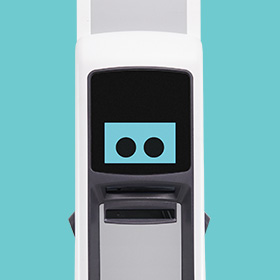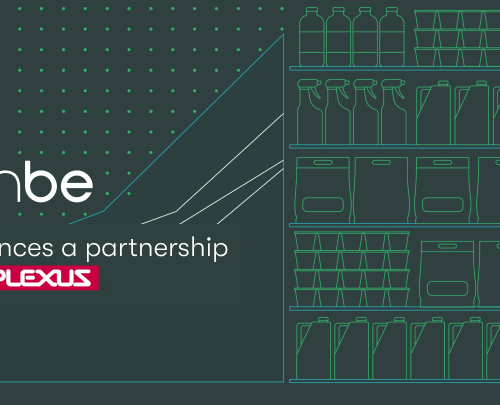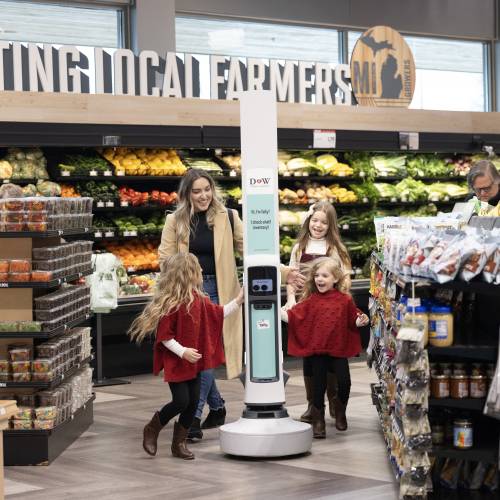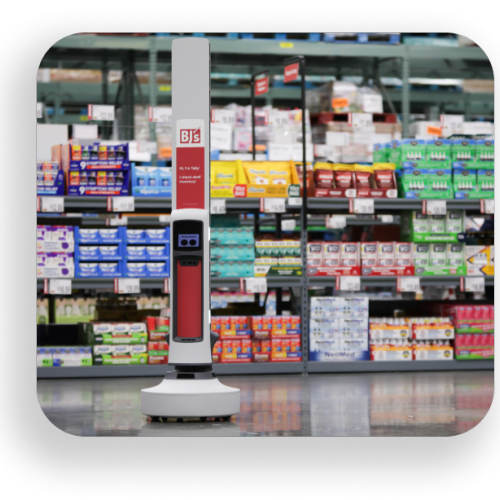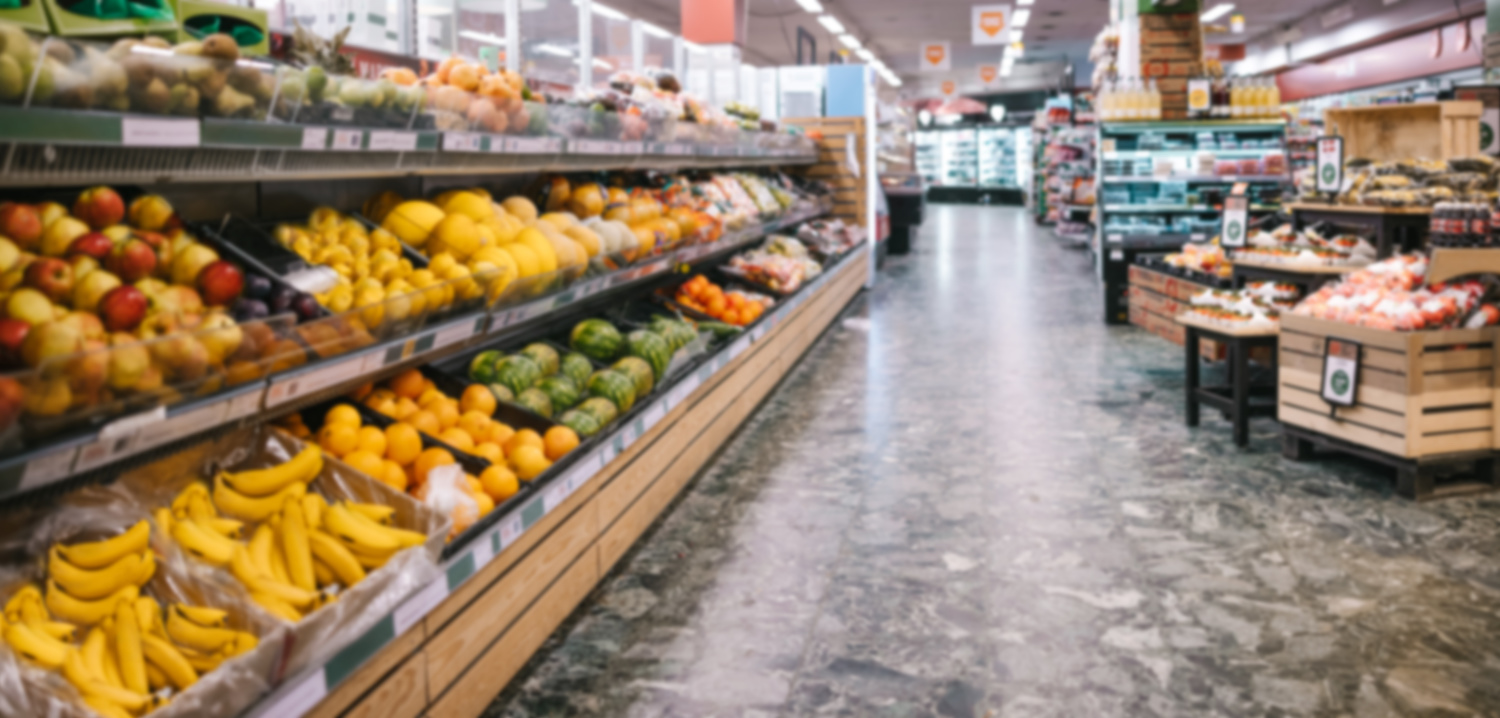
Last week, Greg Buzek, President of retail research and advisory firm IHL, and industry analyst Jerry Sheldon hosted a webinar—Retail’s Hidden Advantage: How RFID and Computer Vision Radically Improve Operational Performance—to discuss emerging trends in the current retail landscape. The pair looked at key findings from IHL’s latest report, which covered how retailers in 2023 adapted to industry trends—and what really set sales leaders apart from the laggards.
“The numbers are striking. We saw that retailers with RFID averaged 57% higher profit growth than those without. And businesses with computer vision averaged 27% higher profit growth.”
– Greg Buzek, President and Lead Analyst, IHL Group
Buzek says 2024 has been a mixed bag so far but has many of the same challenges of the past year. Sales have gone up in some product categories and inflation has slowed down, but food prices remain high. Shrink remains a persistent problem across the retail industry. As a result, stores are working hard to retain cost-conscious consumers while also staying vigilant about inventory and recovering missed sales, and leading retailers are addressing retail shrink with in-store technologies.
Retailers that achieved the most growth in 2023 tackled these issues head on with technology adoption, according to Buzek and Sheldon. The stores most likely to succeed in 2024 will show the same appetite for innovation. And while many different kinds of technology solutions can help retailers improve their operations, the report found that RFID and computer vision had the most significant impact on a store’s bottom line.
Computer vision brings industry-leading inventory accuracy and security
Computer vision uses real-time visual intelligence for better data collection and informed analysis, helping retailers reduce shrink and create more opportunities to drive sales.
Self-checkout is one example. RFID is already making vast improvements to the in-store experience by bringing efficiency and convenience in the form of smart carts, which many retail leaders are testing—including Simbe customer Schnucks. The added layer of computer vision enhances inventory security and reduces external sources of shrink at checkout counters. Computer vision’s high-resolution cameras and image recognition algorithms can automatically scan and analyze receipts as customers exit, ensuring items match their purchased list.
Not to mention, computer vision can be deployed throughout the store to help associates monitor products in real time and optimize restocking and e-commerce. While RFID tags are physically attached to products to enable automatic tracking, computer vision systems can be strategically stationed or moved to monitor shelves and product displays. When combined, retailers can cross-reference their RFID data with visuals captured by computer vision to provide insights into product availability, shelf conditions, and customer behavior.
As Buzek and Sheldon pointed out, we will likely see retailers that embrace technology come out on top in 2024. Those already using computer vision were 125% more likely to have optimized their BOPIS (Buy Online, Pick Up in Store) operations and 93% more likely to have optimized their Ship-from-Store operations. Buzek added that the possibilities for computer vision are endless:
“We’re really in the early innings here. Retailers are using computer vision for anything from product recognition, to shelf analytics, to frictionless checkout. It’s not a surprise the technology…is enabling inventory accuracy as a key function. In many cases, it’s not only helping the in-store shopper, it’s [helping] online fulfillment.”
Retailers see a “striking difference in profit” with RFID technology
Buzek and Sheldon agree that stores need to digitize their inventory to achieve growth. Retailers that still rely on paper price tags and manual audits don’t have the information they need to quickly locate products, prevent miscounts, and optimize restocking—all of which prevent them from maximizing sales.
RFID tags are a key technology that can help retailers surface these insights and gain full visibility into operations throughout the store. Consisting of a small chip and antenna that emit radio signals when activated by a reader, an RFID tag is attached directly to the merchandise. Its unique identifiers allow for quick, accurate tracking of inventory throughout the store.
“One of the benefits that RFID can bring is knowing if the product that’s supposed to be on-shelf is in the [backroom or] dressing room. That knowledge is crucial, especially if you have Ship-from-Store,” Buzek said. “I would encourage retailers to definitely adopt RFID…. The improvements in inventory accuracy and visibility alone are so strong.”
Retailers using RFID technology today are seeing tangible improvements in their inventory accuracy and profit growth. A recent report published by IHL and Simbe reviewed retailer performance across different formats, from apparel to grocery. The research showed that businesses that grew their sales by over 10% in 2023 were 32 times more likely to be using RFID. In particular, Target (a company referenced in the report) saw its inventory accuracy rates jump from 65% to 98% when implementing RFID in stores.
To learn more about how RFID and computer vision improves retail profits, watch the complete webinar recording here.
Simbe is one of the few companies out there that combines these two cutting-edge technologies to optimize store interiors—giving business leaders, supplier partners, and operations teams valuable data-driven insights into inventory data. Find out how Tally can transform your store.
